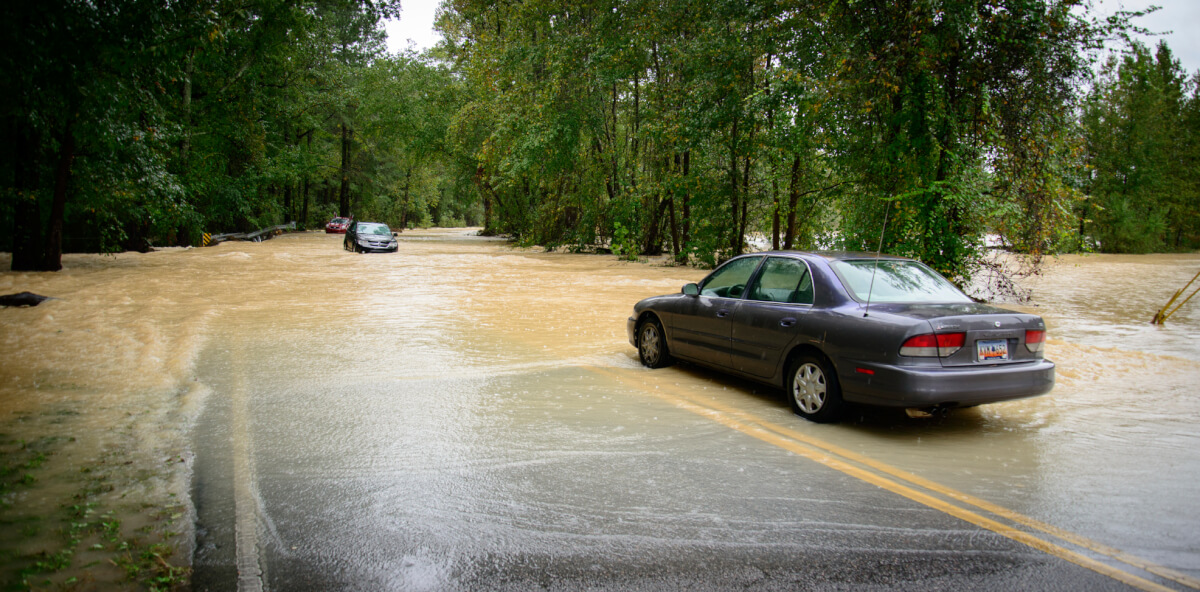If severe weather strikes your business, you will likely be scrambling to handle multiple tasks—from assessing any damage to trying to get your business operations back to normal as quickly as humanly possible. It’s essential to have a severe-weather plan ready ahead of time, so you don’t waste any time.
1. Safety first
Above all, make sure you, your employees and your customers are safe and removed from potential weather-related dangers, such as downed power lines, broken tree limbs, flooding or structural damage to your property. Once the severe weather passes, move to a safe location—though remember that going outside may be dangerous, too, depending on conditions and damage. Check local radio or TV stations or news web sites, if possible, to get the latest information on road conditions and local emergency-response instructions.
2. Report emergencies or dangers to authorities
If anyone at your business is seriously injured or weather damage poses an imminent safety threat, call 9-1-1 immediately. But unless you’re in an emergency situation, it’s best to refrain from contacting local emergency-response agencies immediately after a storm as they will likely be busy fielding true emergencies. You may need to call your utility company, however, to report a power outage in your area. In event of widespread storm damage, organizations such as the American Red Cross may provide storm and disaster relief to local businesses and residents. The Red Cross can help you track down employees or family that you are unable to reach by phone or email.
3. Secure and assess your damage
If your business property has been severely damaged, turn off the electricity and natural gas, if it is safe to do so. Consider if you need to activate any backup power supply, such as a generator. Take inventory and, ideally, photos of the damage to keep for your records.
4. Enact your business contingency plan
Hopefully, you’ve already created well-laid plans for how you will get your business up and running after a severe storm—so you’re ready to deploy that plan. This might include contacting key employees and customers to alert them of the company’s status as well as protecting and backing up key documents you will need access to promptly. (Make sure emergency contact list and insurance policies are kept in an easy-to-find place so you can dig them out swiftly after severe weather.)
5. Review your coverage & contact your insurer
Insurance is an important part of a business’s recovery from severe weather. The right insurance coverage for your business will help protect you financially against any disruption or damage—so you can focus on getting your business operations back to normal quickly and efficiently. Some business owners unfortunately discover this too late, and nearly 40% close for good after a major weather disaster, according to the Federal Emergency Management Agency. Call your insurance company promptly after you experience weather-related damage or disruption. This will help you get relief sooner—and minimize the severe weather’s toll on your business.
Next Steps: You’re busy. We get it. So why not let us do some work for you? By signing up for the weekly Small Biz Ahead Newsletter, you’ll receive hand-picked articles, How-Tos and videos covering the latest in small biz tools and trends. We’ll do the research while you spend your time where it counts: managing and growing your business.





